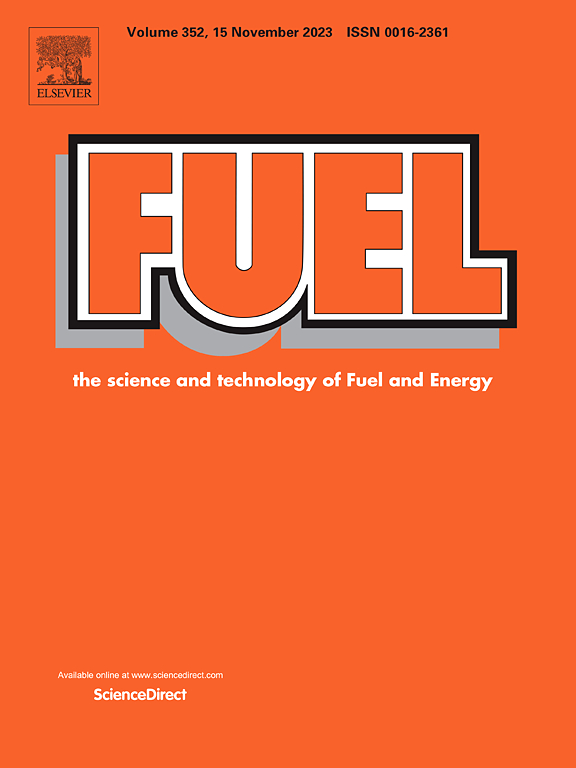Ag nanowires boost graphene aerogel as anode for charge-transfer in nonclassical electroactive microbial fuel cells
IF 6.7
1区 工程技术
Q2 ENERGY & FUELS
引用次数: 0
Abstract
Microbial fuel cells (MFCs) convert chemical energy stored in organic matter into electrical energy through the electrochemical action of microorganisms, making them highly relevant for wastewater treatment. However, the efficiency of generating bioelectricity using nonclassical electroactive bacteria such as Escherichia coli (E. coli), which commonly exist in the waste water, remains rather low. Herein, we improve the performance of MFCs by using graphene aerogel (GA) with dispersed Ag nanowires (AgNWs) as the anode material. Introducing AgNWs into GA lowers the charge-transfer resistance of the electrode and enhance the electrochemical active surface area (ECSA), which improves charge transfer efficiency of MFCs. However, the high release of Ag+ from AgNWs and overactive charge-transfer can inhibit the bacterial activity, which compromises the operation of MFCs. Hence, the GA/AgNWs need to be optimized to minimize charge-transfer resistance while preserving bacterial activity. It is demonstrated that the power density of the MFC using GA with 1 wt% AgNWs reaches 0.98 mW/cm2, which is 60 % higher than the best-reported value of MFCs using carbon–metal composites. The results pave a new avenue for improving MFCs performance.
求助全文
约1分钟内获得全文
求助全文
来源期刊

Fuel
工程技术-工程:化工
CiteScore
12.80
自引率
20.30%
发文量
3506
审稿时长
64 days
期刊介绍:
The exploration of energy sources remains a critical matter of study. For the past nine decades, fuel has consistently held the forefront in primary research efforts within the field of energy science. This area of investigation encompasses a wide range of subjects, with a particular emphasis on emerging concerns like environmental factors and pollution.
 求助内容:
求助内容: 应助结果提醒方式:
应助结果提醒方式:


